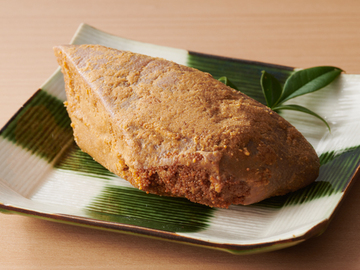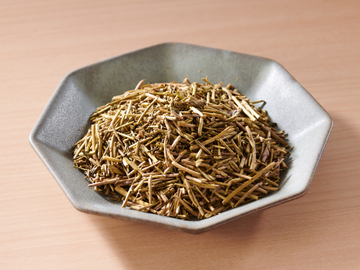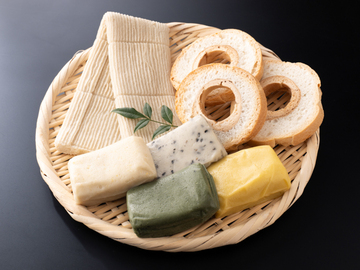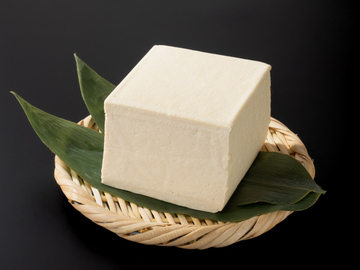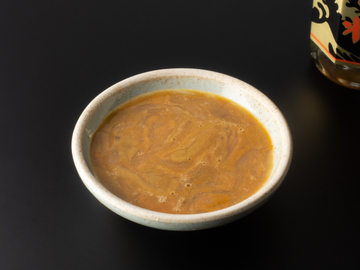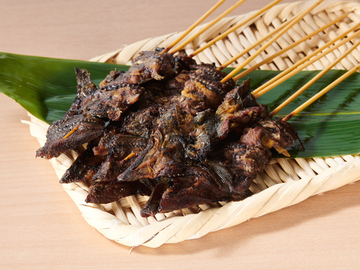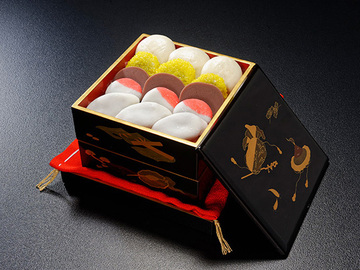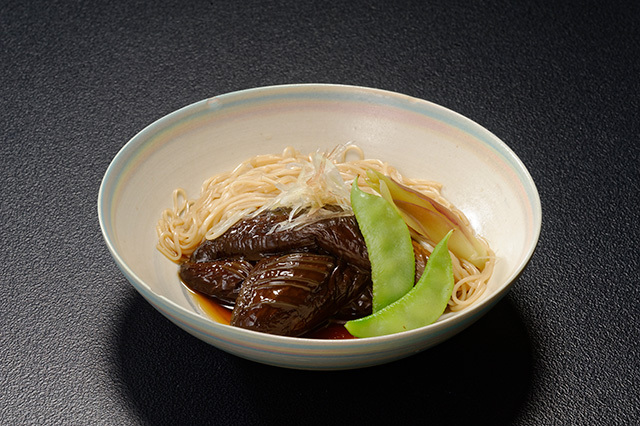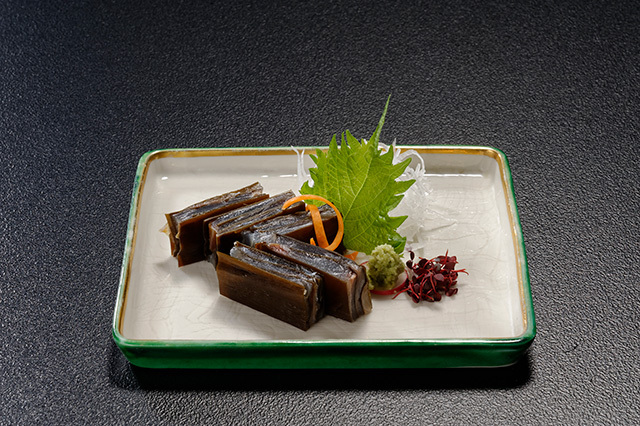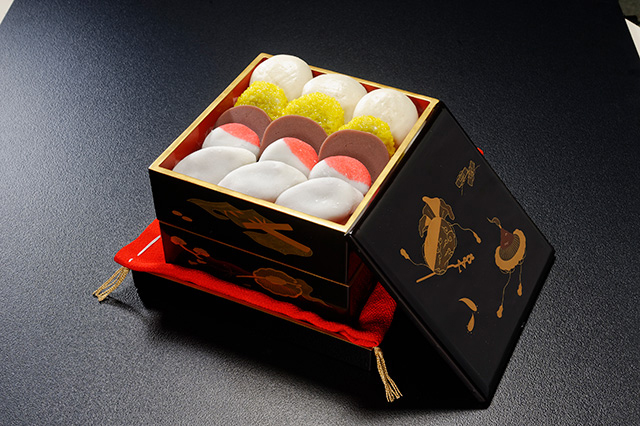Ishikawa

The Taste of “Kaga Hyakumangoku,” Blooming with Abundant Food from the Sea and Mountains
Ishikawa Prefecture lies at the center of the Hokuriku region, bordering Toyama and Gifu Prefectures to the east and Fukui Prefecture to the south. Its land is divided into north and south parts: the Noto and Kaga districts, and the topography of the two districts differs significantly. The Noto district largely consists of low mountains and hilly terrain with an elevation of 300 meters or less. The Sotoura area with its coast facing the Sea of Japan features well-developed river terraces, where the unique landscape that is said to be the traditional scenery of Japanese rural areas can be observed, such as Shiroyone senmaida, tiered rice paddies that spread over the steep hillsides and bamboo fences called magaki to protect houses from strong sea breeze. On the other hand, a contrasting quiet coastline with gentle waves extends along the Uchiura area, located on the Toyama Bay side. In addition, traditional techniques are still passed down to the present day in this area. For example, a salt-making technique called agehama-shiki is practiced. Noto is the only place this technique is still practiced in Japan. Others include ama female diver fishing, which is a fishing method in which female divers skin dive in the sea to collect turban shells, abalone, and the like, and sumiyaki (charcoal burning), which is closely connected to the conservation and management of satoyama (border areas between mountain foothills and arable land).
On the other hand, the mountainous Kaga district is characterized by a mountain range with its highest peak being Mt. Hakusan, at an altitude of 2,702 meters. River erosion and sedimentation have formed a broad plain. Except in the south, sand dunes stretch along the length of its coastline, which is one of the longest in Japan. The plains have a relatively mild climate although they do experience cloudy and wet weather in the winter, which may last for several days due to the winter storms unique to the Hokuriku region.
Kanazawa City was the capital of the Kaga Domain, where the Maeda feudal lord family resided in Kanazawa Castle. It is a castle town where the samurai culture thrived. Successive lords of the domain took a keen interest in cultural projects, encouraging commoners to engage in crafts and tea ceremonies. Today, ten items including Kutani ware, Wajima lacquerware, and Kanazawa gold leaf are registered as nationally designated traditional crafts and have been passed on for generations. The proportion of people who enjoy the tea ceremony and flower arrangement here is one of the highest in Japan.
The Noto district surrounded by the sea, the Kaga district with its sprawling plain, and the Kanazawa environs that prospered as a castle town…Different food cultures developed in these distinctive districts with their diverse histories and lifestyles.

Traditional Foods in Ishikawa

Our Regional Cuisines
in Ishikawa
This is a list of Ishikawa prefecture's local dishes
introduced in "Our Regional Cuisines."
*Clicking on the image will take you to "Our Regional Cuisines."


